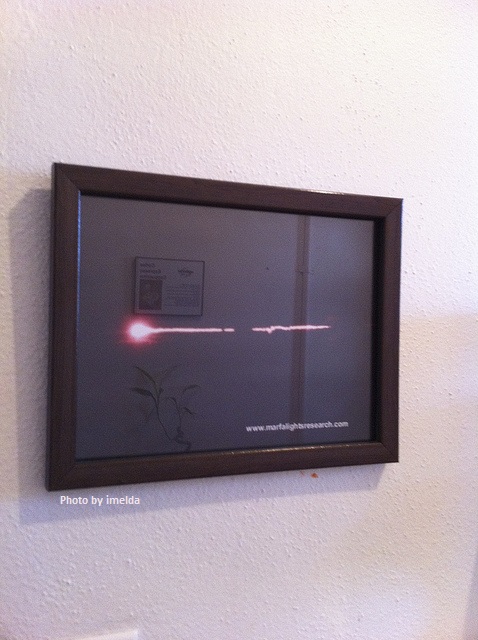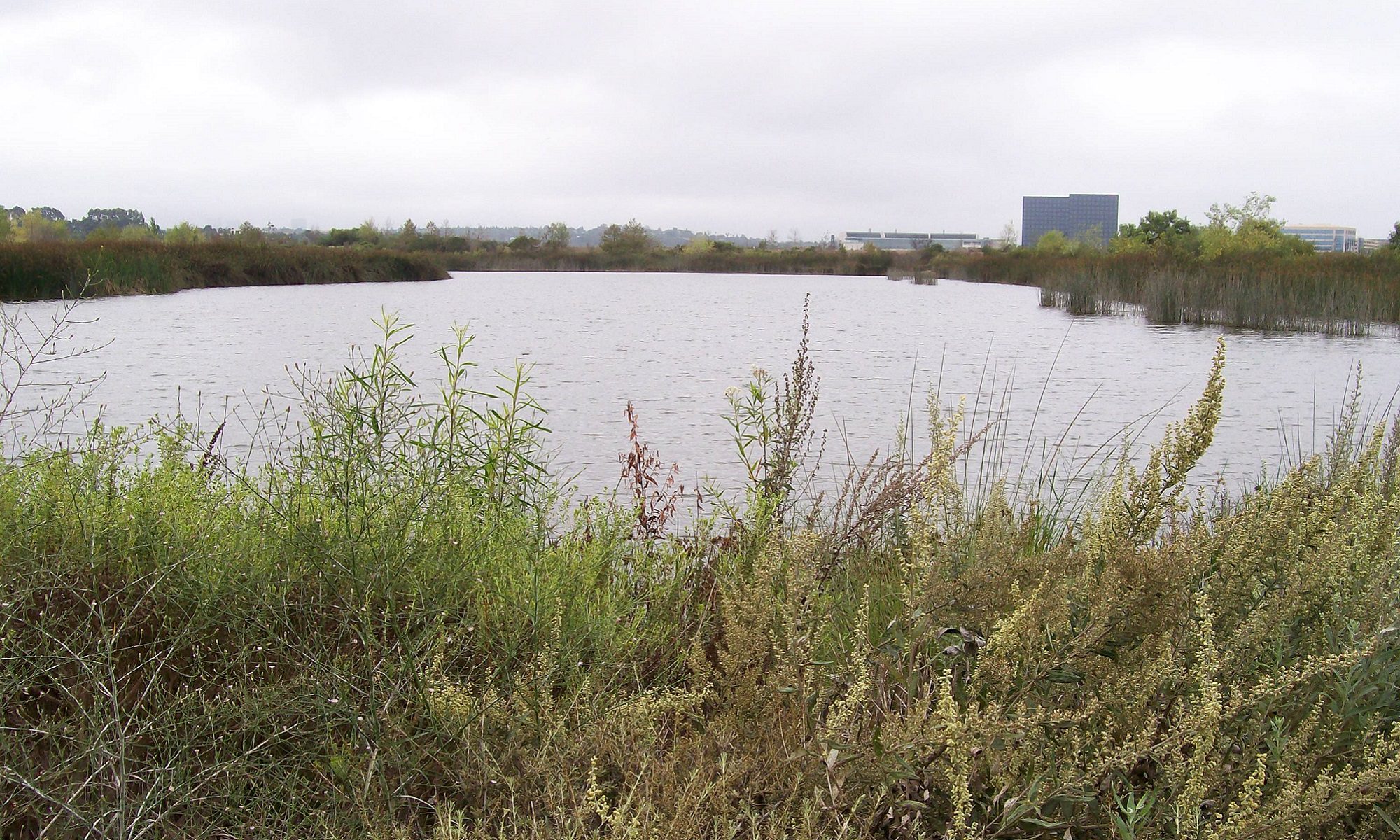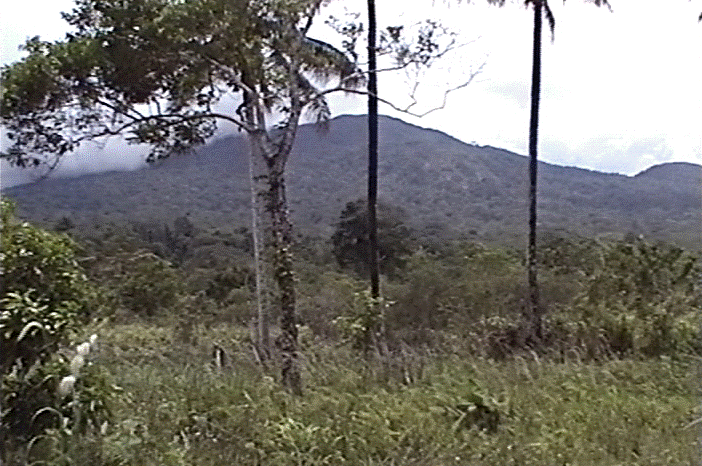I recommend the nonfiction book Hunting Marfa Lights, by James Bunnell. It is the best resource I know of for data on the more mysterious of the lights. This book should be a major reference for any researcher of this phenomenon, at least until we have a major breakthrough in discovering the nature of the CE-II and CE-III mystery lights (ML) of Marfa, Texas.

The above is a photograph of a CE-III Marfa Light, flying horizontally
What do I mean by “major breakthrough?” I believe that a future discovery involving Marfa Lights may involve capturing an animal, but that requires an explanation. Let’s begin with strange lights outside of Texas.
Ropen Lights of Papua New Guinea
I led the first of the two ropen expeditions of 2004 on Umboi Island, Papua New Guinea. After interviewing three important eyewitnesses just south of Lake Pung, I began to return to Gomlongon with my natives guides and my interpreter. We met a man, Jonah Jim, who also had seen the huge flying creature. Of course with his limited English, he did not know the word “bioluminescence,” although he surely knew of glowing things in the sea.
I was tired and anxious to get back to Gomlongon and prepare to leave the island, for my funds were running low; I took no notes of my brief communication with Jonah Jim. Fortunately, a few weeks later, Garth Guessman and David Woetzel, on the second ropen expedition of that year, found this eyewitness and interviewed him with a detailed questionnaire. After my associates returned to the USA, I was thrilled at what they had learned from Jonah Jim.
By the way, I had little or no knowledge of Marfa Lights in 2004.
Here is part of what Jonah Jim revealed to us, quoting from the second edition of my cryptozoology book Searching for Ropens:
Page 95:
. . . this young man saw the ropen not as a vague, distant light but as a creature—close. In addition to the glow, he saw the long tail.
Page 113:
All six members of his family were together when the ropen, without wing flapping, flew “directly overhead.” . . . Only the tail was glowing and it was blue, “a shade darker than sky blue.” The “wingspan” [he estimated to be] six to seven meters; tail length, two-and-a-half to three meters . . .
Can you see Jonah Jim in the coconut tree? (Photo by Whitcomb)
In other words, we have no need to rely on native traditions to tie together the flying lights to the giant flying creatures. And Jonah Jim was not alone. Guessman and Woetzel also interviewed Jonathan Ragu, who also saw a ropen at night: the general form, the shape of the wings, and the glow emanating from the flying creature.
So for Americans who have heard about the strangest kinds of Marfa Lights in Texas, it’s not so strange to consider bioluminescent flying creatures in Texas; we have the glowing ropen that may be related.
Why Should CE-II and CE-III be Bioluminescent Creatures?
Take the CE-III’s first. They sometimes fly long distances well above the desert vegetation, though not as high as airplanes normally fly at night: Sometimes the CE-III’s fly just a few feet off the ground. Those uncommon glowing balls commonly turn off and on. Ropen lights also have a limit to how long they can stay on; they have a shorter duration than Marfa Lights of CE-II and CE-III types.
Bunnell calls the truly unexplained glowing objects around Marfa “mystery lights” or ML. CE-III mystery lights are absent from the Marfa area for weeks at a time. They may be seen in the same area two nights in a row (in warmer weather), but they then commonly disappear for weeks. As far as I can tell from analyzing Bunnell’s data, this CE-III type of light never returns to this area of Texas after 4-10 days or so. When these lights leave, they are gone for weeks. The explanation is simple.
Unless the hunting is especially successful, the bioluminescent flying predators (BFP) will move on to another area of Texas or Mexico, on a night following an appearance near Marfa. And when would hunting be most likely to be especially successful? In warmer weather, when prey is more active and easier to find. Can you guess what Bunnell’s data shows for weather when the CE-III’s are seen two nights in a row? It’s on warmer nights.
What about CE-II mystery lights? They are similar to CE-III’s except that they do not fly; they are stationary. How does that relate to my theory? Flying creatures do not always fly.
Many other details in Bunnell’s data fit perfectly well with the Bioluminescent Flying Predator theory, notwithstanding his reluctance to consider such an unorthodox interpretation. I don’t blame him. After all, the glowing ropen of Papua New Guinea is considered by those who search for it to be a modern living pterosaur, and “not everybody embraces a live pterodactyl.”
###
The author of Hunting Marfa Lights, James Bunnell, said nothing about the following theory in his book. I informed him of part of my theory early in 2010, after the publication of his [book].
. . . a press release about Marfa Lights, suggesting they might be related to the ropen lights of Papua New Guinea . . .
Marfa Lights – Flying Predators?
James Bunnell has observed and videotaped those strange flying lights that appear near Marfa only a few times each year . . .
Marfa Lights on Consecutive Nights
In the book Hunting Marfa Lights, James Bunnell reveals, “On rare occasions I have observed MLs [mystery lights in the Marfa area of Texas] repeat their location but only on consecutive nights.”
.



